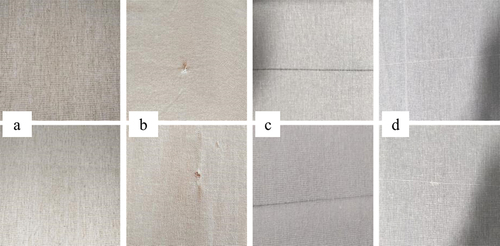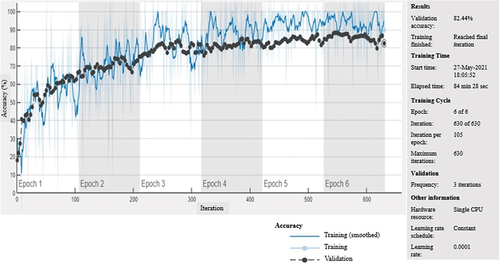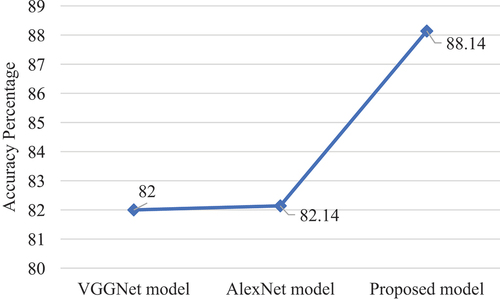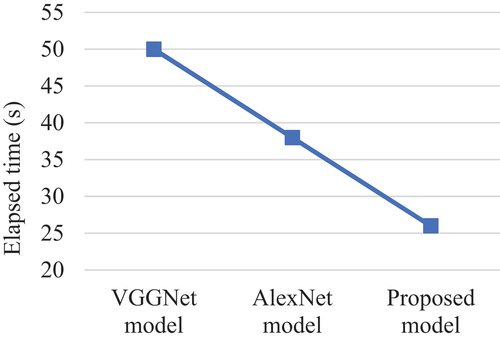Figures & data
Figure 1. The fabric image captured using a digital camera (a) defect-free (b) hole (c) miss pick and (d) double pick.

Table 1. Precision parameter definitions.
Figure 4. The performance of the newly proposed CNN model: (a) model accuracy, (b) loss of a proposed model.

Table 2. The confusion matrix of the newly proposed CNN model for fabric defect identification system.





